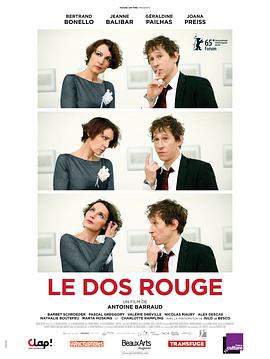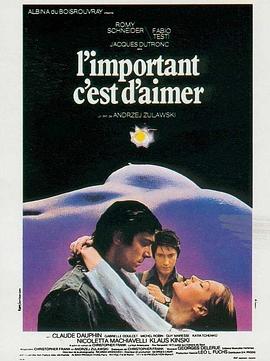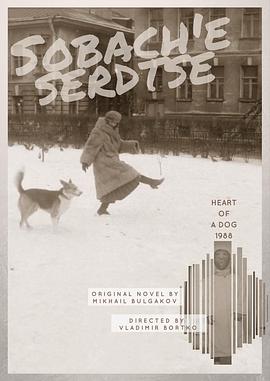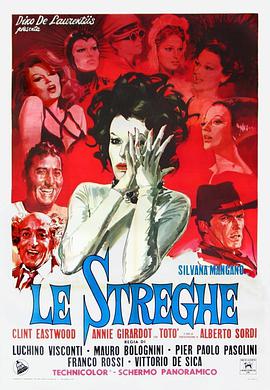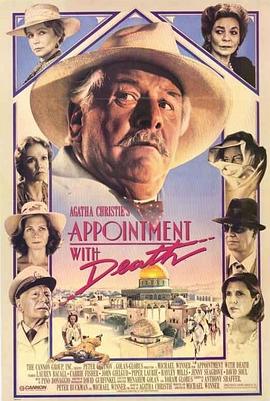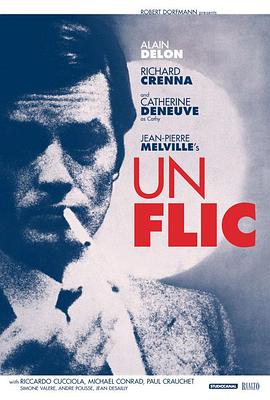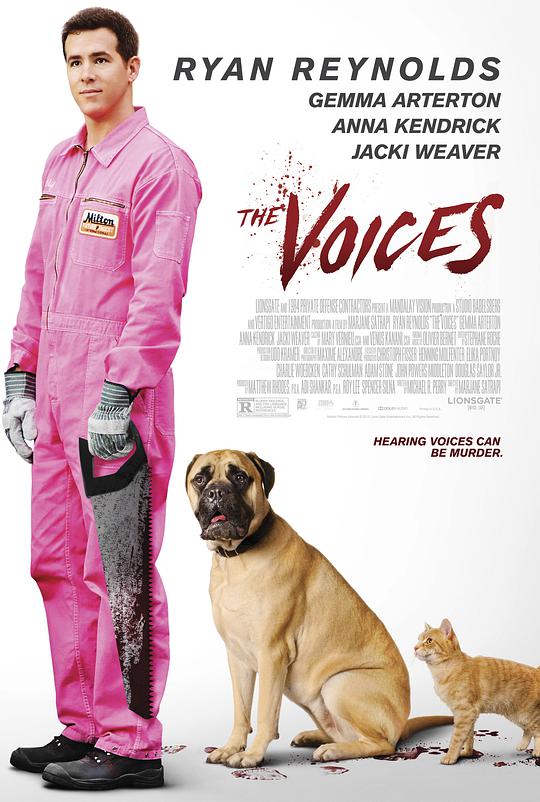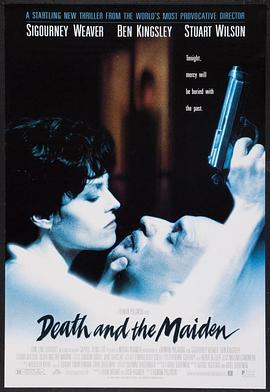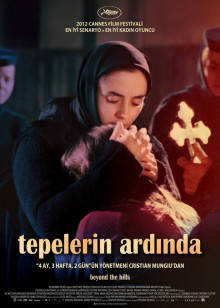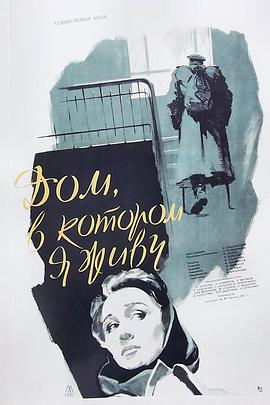-
备注:已完结
类型:科幻片
主演:叶甫根尼·耶夫斯基格涅耶夫 Vladimir Tolokonnikov
导演:弗拉基米尔·博尔特科
语言:其它
年代:未知
简介:米哈伊尔·阿法纳西耶维奇·布尔加科夫1891年生于基辅,1940年逝世于莫斯科。世界文坛称他是一位思想深邃、以大无畏精神向一切邪恶挑战的文学大师。其代表作《狗心》、《白卫军》、《大师和玛格丽特》等曾被苏联当局查禁没收,或“默杀”。作家死后恢复名誉、苏联文坛两度掀起“布尔加科夫热”。现在他的作品进入现代经典之列,被誉为20世纪最伟大的文学珍品之一。 《狗心》作于一九二五年初,在文学圈子里获得一致好评,人们发现它确实尖锐地抨击了现实,但它抨击的是现实中的粗野、愚昧和荒廖。小说写一条狗因为做了人的脑垂体移植手术,突然成了有人外表的流氓,致使流氓习气随着脑垂体分泌的激素,渗入了取名沙里科夫的实验室怪物的每个细胞。沙里科夫的可怕不公在于他身上那些流氓无产者的劣性,并且在于他对社会主义的庸俗化.表面上看来,《狗心》很像一个科幻故事,但是实际上却有着反乌托邦小说的关于哲理和社会的深邃思考。 国际知名的医生菲利普·普列奥布拉任斯基教授,为了进行改善人种的优生学试验,把一个刚刚死去的行窃的酒鬼的脑垂体和睾丸移到一只叫沙里克的狗身上。沙里克竟变成了“还处于最低发展阶段的”人——沙里科夫。 这个能讲人言、衣食如人的衣冠禽兽,一天天显示出是一个怀着“一颗最为卑鄙龌龊的心”的败类:酗酒、偷窃、说谎、告密、无耻下流,直至栽脏陷害、用手枪威胁要强占教授的住宅。更有意味的是,这个狗“出身”的沙里科夫竟然被政府赏识而任命为莫斯科公共卫生局清除流窜动物科科长。他穿上了皮夹克(这是当时文学作品里革命者的形象模式),出入有专车——尽管是卡车。幸而两位“造物主”普列奥布拉任斯基教授和博尔缅塔尔大夫及时用手术把沙里科夫还原为沙里克,才没酿成惨祸。 在这篇小说里,布尔加科夫力究天人之际,思考着人与自然、人与社会的关系、人的能力限度以及人对于整个自然界的责任。实际上,布尔加科夫继续阐释着一个重大的主题:人不应该僭越,不应该觊觎全能的上帝的位置。这个上帝便是自然、社会的客观法则。试图超越社会、自然的进程,把科学变为破坏客观规律的迷信,狂热蛮干地“创造历史”,是不能不受到惩罚的。正如小说《不祥之蛋》中,佩尔西科夫教授虽然掌握了科学,却缺乏对人类社会的责任感,最后死于疯狂的群众的乱拳之下;而给人类社会带来可怖的厄运的洛克,急功近利而智力低下到根本谈不上什么责任感问题,却“带着官家的公文”,则是更为可怕的。 而在《狗心》中,国际首屈一指的名医菲利普·普列奥布拉任斯基教授空前绝后的完美手术只能创造出险些置其于死地的社会败类。普列奥布拉任斯基教授经受了自作自受的“科学实验”之后,终于觉悟道:“看吧,如果一个研究者不是摸着大自然的脉搏,与之共进,而是想加速问题的解决,揭开那神秘的帷幕,那么,就给你个沙里科夫尝尝,还让你吃不了兜着走。” 看来,人要充当上帝——造物主的角色,结果只能是对上帝的讽刺性模拟。干扰世界的客观进程最终只能落得搬起石头砸自己的脚的下场。
-
备注:已完结
类型:喜剧片
主演:西尔瓦娜·曼加诺 安妮·吉拉尔多 弗朗西斯科·拉瓦尔 马西莫·吉洛蒂
导演:莫洛·鲍罗尼尼 维托里奥·德西卡 皮埃尔·保罗·帕索里尼 佛朗哥·罗西 卢基诺·维斯康蒂
语言:其它
年代:未知
简介: "The Witch Burnt Alive" After a very long, but visually arresting animated opening credits sequence, Luchino Visconti (Death in Venice) directs the first story, which is the longest of the five, taking approximately a third of the film's running length. Mangano plays a superstar actress and model who travels to a mountain resort, only to find the well-to-do inhabitants have prejudices and preconceived notions about her based on her public persona. The women are all jealous and the men all want to sleep with her, but all Mangano wants is to be left alone. It's a mostly somber satirical piece, but story-wise, it languishes in its modest idea a bit long, becoming inconsequential to all but those fascinated by the realities of being famous. "Community Spirit" Bolognini's piece isn't really a story. It's more of a visual gag, in a short segment that features Mangano offering to take an injured man to a hospital, driving him at breakneck speed throughout the city, but not stopping at locations where he might find aid. I won't give away the punchline here, but it succeeds in being amusing, even if it's the kind of thing that only is interesting the first time through. "The Earth Seen from the Moon" The esteemed writer/director, Pier Paolo Pasolini (Salo), crafts the middle segment, which is the most artistic and memorable of the five. Reminiscent in style to "Don Quixote", a recently widowed father and his son travel around the country in search of a new wife and mother, and after a long period, they discover the literally speechless Mangano. She brings joy into their lives, but they are poor, and in order to find a better life for themselves, they concoct a scheme to try to make some quick cash. The story is contrived, and not completely interesting, but the outlandish performances, artwork, and costumes does evoke great charm and likeability. Although mute, it's probably the most appealing of Mangano's five performances, and Toto is terrific. "The Sicilian" Franco Rossi directs the fourth an shortest piece, a straight-forward revenge story that comes and goes before it ever has a chance of becoming interesting. It's violent, but easily the least satisfying of the five stories. "A Night Like Any Other" Eastwood's appearance is clearly the biggest attraction here, which was filmed in between the Sergio Leone "Dollars" trilogy. It's an enjoyable departure from his normal roles, playing a comedic romantic lead, and he is affably fun to watch. Famed Italian director, Vittorio de Sica (The Bicycle Thief, Umberto D.) does a masterful job with the story, which perfectly blends the mundane and the fantasy in a visually satisfying way. The story is about a bored housewife (Mangano, of course), who tries in vain to get her husband to realize that he is not as romantic as he used to be. The scene is interspersed with comedic romance sequences revolving around the couple's past romantic interludes, and dreams of how their lives should be.
-
备注:已完结
类型:恐怖片
主演:阿兰·德龙 理查德·克里纳 凯瑟琳·德纳芙 里卡多·库乔拉 迈克尔·康
导演:让-皮埃尔·梅尔维尔
语言:法语
年代:未知
简介:吳宇森《縱橫四海》的原型。阿倫狄龍今趟「改邪歸正」,首次飾演執法者警探高文,為了搗破毒品交易,查案至海邊一個寧靜小鎮,邂逅上美豔的嘉菲(嘉芙蓮丹露)。可惜俊男美女的故事並不是快樂的保證,因為美人兒原來是販賣頭子兼老友的情婦。兩位好友一黑一白,愛上同一個女人,面對友情和愛情,該如何抉擇?梅維爾的簡約主義在本片盡情發揮,精要的對白、短促的場景、極少量的配樂,甚至連阿倫狄龍的演出也比其他電影更為內歛。開首一場械劫案,冷冽得來逼力甚強,借風借雨,營造氣氛,場面調度之精緻,絕非一般的類型片所及。梅維爾在影片拍攝期間已經抱恙,本片也成為導演的最終回。
-
备注:已完结
类型:恐怖片
主演:瑞安·雷诺兹 杰玛·阿特登 安娜·肯德里克 杰基·韦佛 格列佛·麦格拉
导演:玛嘉·莎塔琵
语言:
年代:未知
简介:杰瑞(瑞安·雷诺兹RyanReynolds饰)是工厂里的打包工,和一猫一狗过着相依为命的生活。同事眼中的杰瑞乐观开朗,对工作充满了热情,可实际上,杰瑞患有严重的精神分裂症,需要依赖药物控制病情,更糟糕的是,杰瑞并没有按照医嘱服用药物!因为一旦吃了药,他就无法和家里的阿猫阿狗对话了。杰瑞喜欢着广告部的女同事菲奥娜(杰玛·阿特登GemmaArterton饰),一场意外中,菲奥娜命丧杰瑞刀下,杰瑞将菲奥娜的尸体带回家,将她的头切下来藏在了冰箱里。让杰瑞感到震惊的是,菲奥娜的头竟然也开始说话了,菲奥娜恳求杰瑞替她找一个伴儿,于是,杰瑞将目标放在了菲奥娜的好友丽萨(安娜·肯德里克AnnaKendrick饰)身上。
-
备注:已完结
类型:恐怖片
主演:西格妮·韦弗 本·金斯利 斯图亚特·维尔森 Krystia Mova
导演:罗曼·波兰斯基
语言:英语
年代:未知
简介:波利娜(西格妮·韦弗 Sigourney Weaver饰)曾经被一个男子施暴,被蒙着眼的她一直不知道罪人是谁,她的性格也变得神经兮兮。她的丈夫杰拉多(斯图尔特·威尔逊 Stuart Wilson饰)当选委员会主席后回到家中,就发现波利娜有着一些比平时更怪异的举动。她甚至把前来拜访的邻居米兰达(本·金斯利 Ben Kingsley饰)的车子推落山崖,凭着米兰达车里的磁带“死亡和处女”,以及米兰达的气味和呼吸,波利娜坚信,米兰达就是当时对她施暴的元凶。 她发了疯似的把米兰达绑在房间,要和丈夫一起审判这个罪犯。然而,米兰达分明有着确凿的不在场证据,这令丈夫也难以相信波利娜的认定。这一切是波利娜的幻觉,还是确有其事,这场审判会令真相一一浮出水面。
-
备注:已完结
类型:战争片
导演:Lev Kulidzhanov Yakov Segel
语言:其它
年代:未知
简介: They do not show war in this film, they show people and their dreams and hopes ruined by the war. It is not just another "war film", but it rises to the level of a true Tragedy. Not a propagandist or a sob story. Many critics compare this film to another famous Russian war drama, The Cranes Are Flying. I still think that The House I Live in is better, though, if you've seen The Cranes and liked it, most probably you'll love this one either. Both films were shot in 1957 and treat the war theme from the similar humane perspective. I wouldn't cut a single shot from the film, all of them are just in place. I do not know if it can be found outside Russia, if yes, don't miss it. Many critics pointed out resemblances between Dom, V Kotorom Ya Zhivu (The House I Live In) and the better-known Soviet film The Cranes are Flying. Set in the years prior to and during WWII, the story centers on the various residents of a co-op house. Though the directors never show the war itself, its tragic impact is felt throughout the film. And despite the potential for Soviet propaganda, what sticks in the mind is the universality of the experiences endured by the leading characters. Dom, V Kotorom Ya Zhivu was one of Russian's entries in the 1958 Brussels Film Festival.
